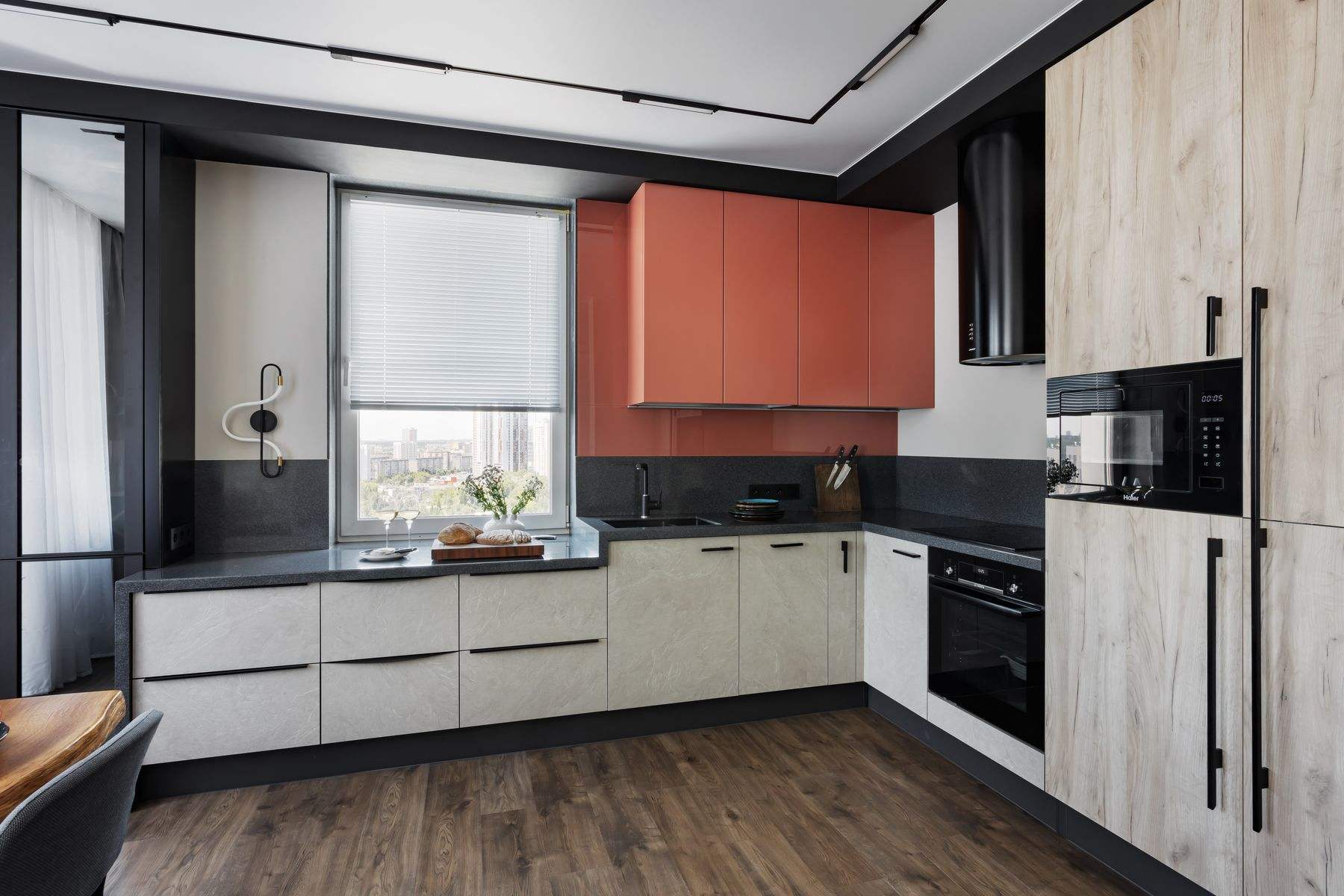
Culinary Spaces Redefined: Essentials
Introduction to Modern Culinary Spaces
The culinary space within a home is no longer just a place for preparing meals. It has transformed into a hub for family gatherings, entertainment, and a focal point for design innovation. In redefining these spaces, we look at the essential elements that blend functionality with style to create a kitchen that is both efficient and inviting.
Maximizing Layout and Flow
One of the key essentials in redefining culinary spaces is optimizing the layout for easy flow and movement. An open-plan kitchen that merges with living spaces is currently favored in design circles. It encourages interaction and engagement while cooking or dining, and also makes the space look larger and more welcoming.
Integrating Technology and Appliances
Technology has become an integral part of the modern kitchen. From smart refrigerators to high-tech stoves and ovens, integrating cutting-edge appliances is essential for a contemporary culinary space. Innovative features such as voice-activated controls and app-connected devices not only add convenience but also enhance the overall culinary experience.
Material Selection for Durability and Aesthetics
The materials used in the kitchen can make a significant impact on both the look and longevity of your culinary space. Choices like quartz countertops, hardwood floors, or glass backsplashes provide both durability and a touch of sophistication. Considering materials that are easy to clean and maintain is also crucial in the design process.
Lighting: Setting the Mood and Functionality
Lighting plays a pivotal role in the kitchen. Task lighting ensures that work areas are well-lit for food preparation, while ambient lighting can set a warm and welcoming mood. Incorporating a combination of light fixtures, from pendants to under-cabinet LEDs, can elevate the aesthetics and functionality of the space.
Storage Solutions: The Art of Decluttering
Ample storage is essential in a modern culinary space to maintain a clean and clutter-free environment. Innovative storage solutions such as pull-out pantries, hidden cabinets, and multi-tiered drawers can help keep kitchenware organized and accessible, while contributing to the sleek design of the space.
Ergonomics: Comfort in Every Corner
Ergonomics should be at the forefront of culinary space design. Height-adjustable counters, easily accessible cabinets, and appliances installed at convenient levels can minimize physical strain and make the kitchen more user-friendly for all family members.
Sustainability: Eco-Friendly Choices
As we become more environmentally conscious, choosing sustainable options is increasingly important. Energy-efficient appliances, reclaimed or renewable materials, and waste-reducing features like compost systems are becoming essentials in the eco-friendly culinary space.
Conclusion: The Culinary Space of Tomorrow
The redefined culinary space is one that respects the balance between form and function. It is a space that adapils to the changing needs and preferences of its users, incorporating cutting-edge technology, thoughtful design, and sustainable practices. By focusing on these essentials, we can create culinary spaces that are not only practical and beautiful but also serve as a testament to the innovative spirit of contemporary home design.
```